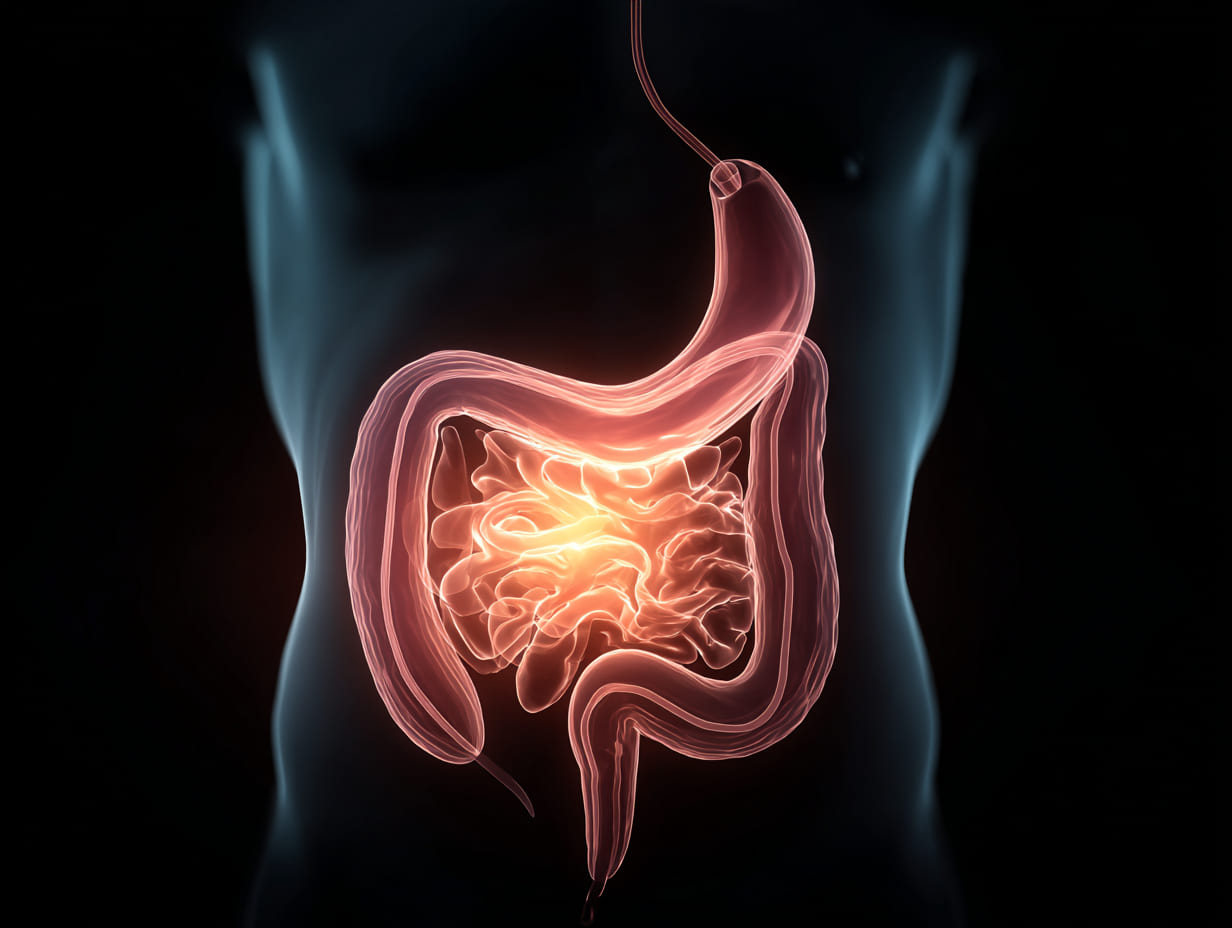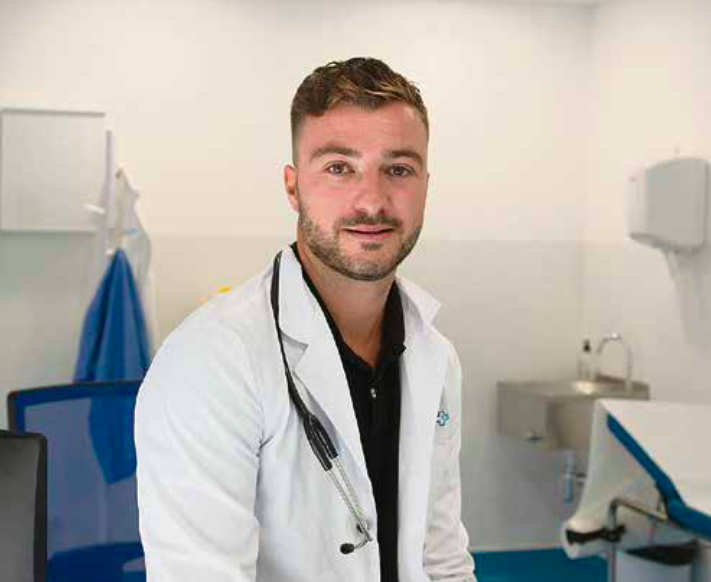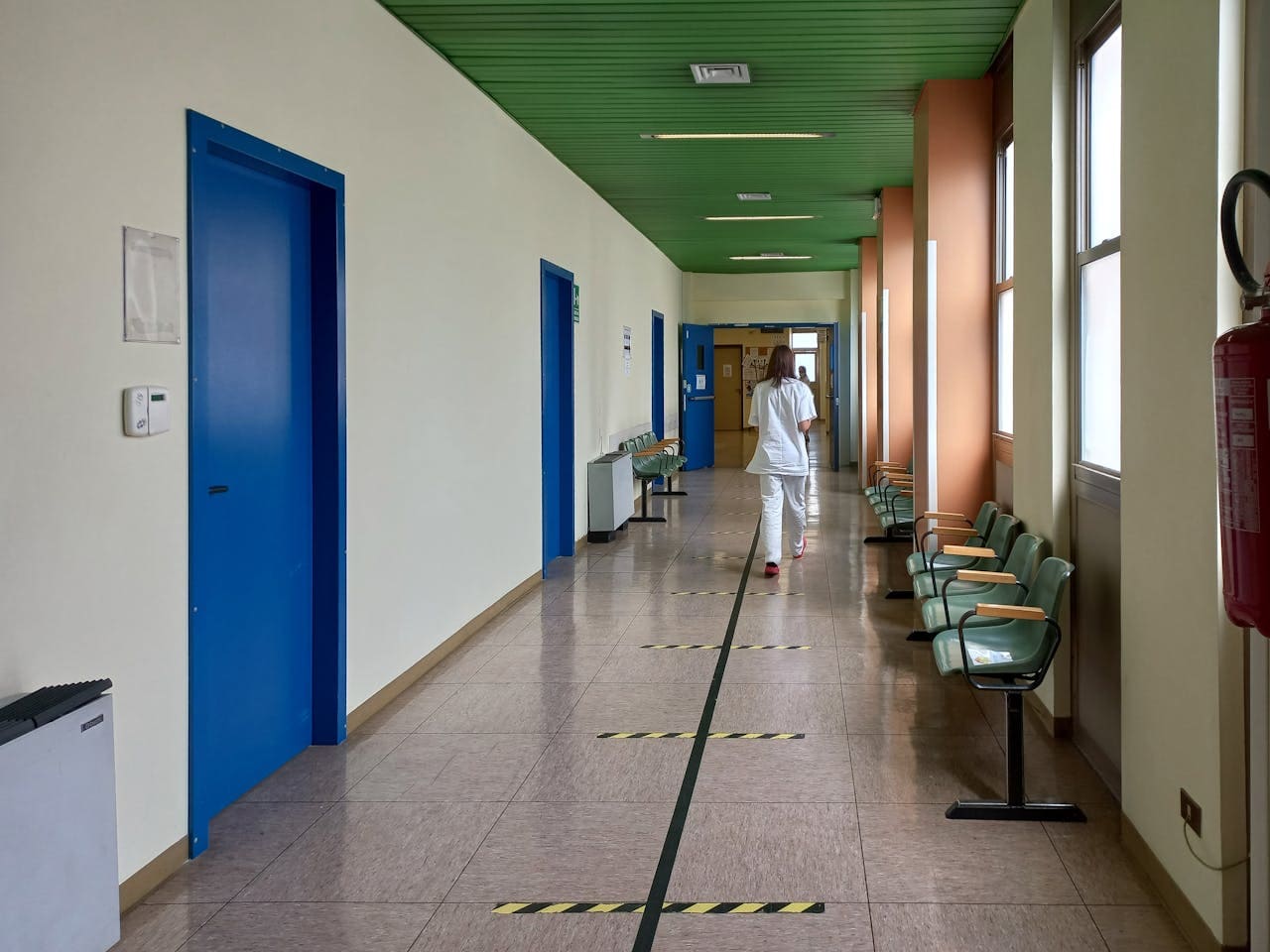
Online GERD & heartburn treatment
Find fast relief and a personalised reflux plan. Consult a GP by secure video today.
 Same-day video appointments for adults of all ages
Same-day video appointments for adults of all ages Tailored e-prescription for PPIs or H2-blockers when clinically indicated
Tailored e-prescription for PPIs or H2-blockers when clinically indicated Expert diet & lifestyle guidance to tackle triggers and improve long-term outcomes
Expert diet & lifestyle guidance to tackle triggers and improve long-term outcomes
How it works: your online GERD treatment in 3 steps
From video assessment to personalised reflux plan – get expert care for acid reflux without leaving home.

If you experience severe chest pain, relentless vomiting, difficulty swallowing or breathing, call 112 (EU) or your local emergency number immediately.
Book your GERD consultGERD & heartburn doctors online
Select a GP or gastroenterologist and schedule your video consultation today.
Why choose online GERD & heartburn treatment?
Learn what causes reflux, when to seek help, available medical and lifestyle therapies, plus practical next steps for lasting relief.
What causes GERD?
GERD occurs when the lower esophageal sphincter (LES) fails to close properly, allowing stomach acid to reflux into the esophagus. While occasional reflux is normal, frequent episodes—more than twice a week—indicate disease rather than simple heartburn.
Common acid reflux triggers include obesity, pregnancy, smoking, hiatal hernia and certain medications (e.g., NSAIDs, calcium-channel blockers). Lifestyle factors such as large meals, late-night eating and stress can also weaken LES tone.
Risk factors extend beyond trigger foods: advancing age, high body mass index and conditions like hiatal hernia increase susceptibility. Addressing these heartburn causes through weight management and meal timing often reduces reflux frequency.
Recognising alarm signs
Alarm features—also known as red flags — suggest potential complications and require prompt medical evaluation. These include:
- Progressive difficulty swallowing (dysphagia) and painful swallowing (odynophagia)
- Unintended weight loss (> 5 % over 6–12 months)
- Persistent vomiting not explained by other causes
- Gastrointestinal bleeding (black, tarry stools or blood in vomit) (source: Gastroesophageal Reflux Disease Guidelines)
If you experience any of these symptoms, seek immediate medical attention or call emergency services (112 in the EU). For persistent reflux without red flags, your doctor may recommend endoscopy to check for esophagitis, strictures or Barrett’s esophagus.
Medical treatment options
Pharmacological management of GERD centers on proton pump inhibitors (PPIs), histamine-2-receptor antagonists (H2RAs) and alginate-based antacids. PPIs—such as omeprazole, esomeprazole and pantoprazole—are the first-line choice for healing erosive esophagitis and maintaining remission, thanks to their potent, long-lasting acid suppression . H2RAs (famotidine, nizatidine) have a faster onset but lower efficacy, making them suitable for mild or intermittent symptoms. Alginate suspensions (e.g., Gaviscon) create a physical barrier to prevent nocturnal reflux and provide rapid short-term relief alongside acid suppression.
In Europe, widely used PPIs include:
- Omeprazole (Losec®, generics)
- Esomeprazole (Nexium®)
- Pantoprazole (Pantozol®, Protium®)
- Lansoprazole (Lanzor®, Zoton®)
- Rabeprazole (Pariet®)
Popular H2RAs and antacids include famotidine (Pepcid®), nizatidine, and alginate formulations like Gaviscon®. Your doctor will select the appropriate agent and dose—typically starting low (e.g., 20 mg omeprazole daily, 30–60 minutes before breakfast) and escalating only if symptoms persist.
Long-term therapy often requires step-down strategies once symptom control is achieved: this may involve switching from daily PPIs to on-demand H2RAs or alginates, combined with lifestyle modifications. Regular review ensures the lowest effective dose and minimizes potential PPI-associated risks, such as nutrient malabsorption.
Diet & lifestyle changes
Effective GERD management combines medication with targeted diet and lifestyle modifications. Identifying and avoiding trigger foods—such as citrus fruits, tomatoes, chocolate, caffeine, and spicy or fatty meals—can significantly reduce reflux episodes. Eating smaller, more frequent meals rather than large portions also helps minimize stomach pressure and acid backflow.
Timing is equally critical: avoid lying down within 2–3 hours after eating, and consider raising the head of your bed by 10–15 cm to use gravity for acid control. Weight loss through a balanced diet and regular exercise is another key strategy, as a higher body mass index (BMI) correlates with increased gastroesophageal reflux episodes.
Additional lifestyle tips include: quitting smoking to improve LES function, limiting alcohol intake, and wearing loose-fitting clothing to avoid abdominal compression. Stress-reduction techniques—such as mindfulness, yoga, or deep-breathing exercises—can further decrease acid reflux triggers by reducing autonomic arousal.
Implementing these changes alongside your prescribed therapy enhances long-term heartburn relief and may allow gradual reduction of medication dosage once your symptoms are well-controlled.
Diagnosis & follow-up
Accurate diagnosis may require more than a video assessment. If you present alarm features or persistent symptoms despite therapy, your doctor may recommend upper endoscopy (gastroscopy) to evaluate esophagitis, strictures or Barrett’s esophagus. Alternatively, 24-hour pH-impedance monitoring and esophageal manometry can quantify acid exposure and rule out motility disorders.
For most patients with typical reflux and no red flags, diagnosis is based on clinical history and response to an empirical PPI trial. A lack of adequate symptom relief after 8 weeks at a standard dose suggests the need for further testing or treatment adjustment.
After your initial assessment, follow-up is essential. European guidelines recommend a first review at 4 weeks to assess response and side effects, then every 3–6 months if long-term PPI therapy continues. During these check-ins, your doctor will decide whether to step down to on-demand therapy, switch to H2-blockers, or repeat diagnostics.



















Your guide to healthcare in Europe
Practical information for getting care while living, working, or travelling in Europe — all in one place.
Frequently asked questions about online GERD treatment
Get clear answers on booking, what to expect, treatment options, costs, e-prescriptions, follow-up care and when to seek emergency help.














